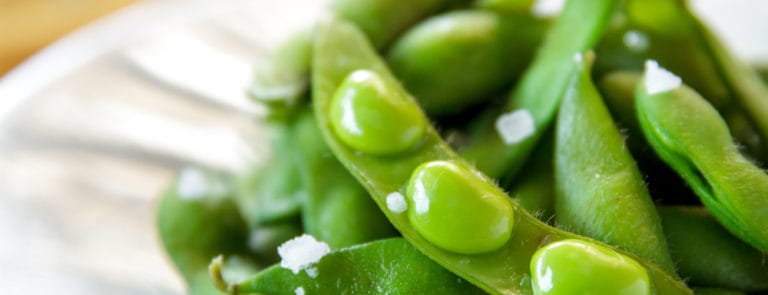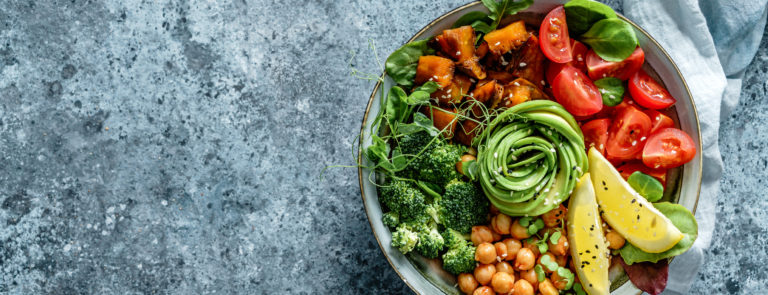20% off €35
Code:TREAT
Vegan-friendly, protein-packed edamame beans

Edamame beans are a great snack, but did you know they feature in a variety of tasty everyday recipes?
Here’s how to make the most of them in your diet and create delicious snacks and meals with them in.
Edamame beans are young soybeans
Edamame beans are young soybeans that have been harvested while still soft. The young beans are usually harvested by hand to protect the rest of the plant as it matures. After all, the soybean plant goes on to have a wide range of uses, including tofu, tempeh, miso, soybean oil, and soy sauce. They have been a valuable and nutritious food source for an astonishing amount of time, with the first documented mention of edamame within a Japanese letter written in 1275. Today, you might see them served up in their bright green pods or shelled just like peas or beans. Like many beans and pulses, they’re a great source of plant protein which is naturally gluten-free.A healthy and nutritious source of vegan protein
Edamame beans are a very healthy source of vegan protein and provide all the essential amino acids the body requires. They also have a well-balanced ratio of macronutrients and plenty of vitamins and minerals and make a great choice for snacks or as a key ingredient in main meals. 100g of cooked edamame has about 120 calories, 5g fats, 10g carbohydrates, and 11g protein. Edamame is a good source of vitamins C and B6, plus iron, magnesium and calcium.Surprising health benefits of edamame
Edamame beans are a good source of plant protein, but did you know that they have also been studied for their beneficial effects on blood sugar and cholesterol levels. Edamame beans are low carb and considered low GI, so will not raise your blood sugar like some other carbohydrate foods, which makes them a good choice for low-carb healthy eaters. One meta-study found that eating 47g soy protein per day could lower LDL (bad) cholesterol by 12.9% and total cholesterol levels by 9.3%.Popular edamame recipes and snacks
Edamame beans are most often seen in Japanese, Hawaiian, Korean, and Chinese recipes. Have you ever tried them in any of these meals?- Steamed edamame beans in their pods
- Dried edamame snacks
- As edamame gyoza
- Steamed with green vegetables and leafy greens
- Stir-fried with noodles
- In salads with grains, vegetables, and maybe dried fruit
- Mashed with avocado as a guacamole spread, dip, or sandwich filling
- In crunchy noodle salad
Edamame Hummus recipe
This gorgeous green hummus tastes as fresh as it looks. It’s a wonderful recipe for summer picnics, barbecues, or light meals. You could even use it as a sandwich filling or topping for crackers.- 150g shelled, cooked edamame
- 100g drained, rinsed chickpeas
- 2 cloves garlic
- 30g fresh basil leaves
- 25ml lemon juice
- 25ml olive oil
- 1/2 tsp salt
- 1/4 tsp black pepper



